It’s a busy week for cartooning events here in NYC, with so many you can’t even get to them all. One we didn’t want to miss took place last night, DRAWING THE LINE at the Society of Illustrators, a group chat about the cartooning craft by Joe Quesada, Walt Simonson, and Jim Steranko. The panel was organized and moderated by artist Dennis Calero (X-MEN NOIR) as part of a move for the SI to get more involved in covering the graphic literature world. In this regard it was a total success, allowing three important artists to talk about their work and approaches devoid of the promotional efforts that color most convention and bookstore appearances. Calero did a great job moderating as well, keeping the talk circling around various aspects of the cartoonist’s life, including dealing with “shortcuts”, deadlines and the rewards of artwork, and showing a great knowledge of the trio’s careers.
The talk went on for over two hours, and it was videotaped, so hopefully you’ll be able to watch the whole thing. That sounds long, but there was a lot to cover and some very talkative people. The evening definitely didn’t drag. I can only summarize a few points here — all three artists are great speakers and storytellers, their personality quirks entwined with their success and artistry. Simonson, of course, is the person for whom the word avuncular was invented, with a booming voice and teaching approach. Quesada is one of the smartest people in the business, the first Marvel Editor-in-Chief since Stan to go out on his own terms, no mean feat; and Steranko is just Steranko — no one talks or thinks quite like him.
One of the most interesting topics that came up was attitude towards past work. Simonson has held onto most of his artwork, and since he has a bad memory, often looks at it and thinks “That wasn’t so bad.” Asked about the moment he knew he could do this, he recalled a single drawing of a hand in one of his earliest stories. “I would be hard pressed to improve on the way I drew that hand today,” he said. Looking at it, he knew he had the ability to get his vision on paper.
Quesada and Steranko were more critical of their own efforts and don’t like looking at their old art. Quesada said at some point in his career he realized that just sitting at the drawing board for hours wasn’t getting the work done. “The eight hours I took to fix one panel when I wasn’t “on” was too disruptive to the next day.” He said taking time away from the board to recharge was a key. He also looks at his old work and only sees the flaws.
Steranko was even harsher in his own assessment. “There is not one piece of artwork I have ever done that lived up to the vision I had for it in my head,” he said. “That’s why I keep on trying. Maybe someday I’ll do it. I don’t want to be in the past. I want to get to the next thing.”
They also offered some advice. I tweeted these, but I’ll put them here. Simonson said his SVA class boiled down to three things:
1. You need to like to draw because as a cartoonist you’ll be called on to draw so many things.
2. Use reference — it makes things go much faster and better.
3. Everything needs to serve the story, line work, panels, details.
Steranko offered his own key advice: “Draw like John Buscema,” — by which he didn’t mean just draw people in loincloths, but rather the need to draw so much that you develop a facility for it. He compared it to music — a musician has to learn how to play an instrument, and a cartoonist needs to command his or her tools.
As I said, there was a LOT more advice and insight from the three — and hopefully it will go online at some point. Props to SI and Calero for putting together a memorable evening with three amazing creators.


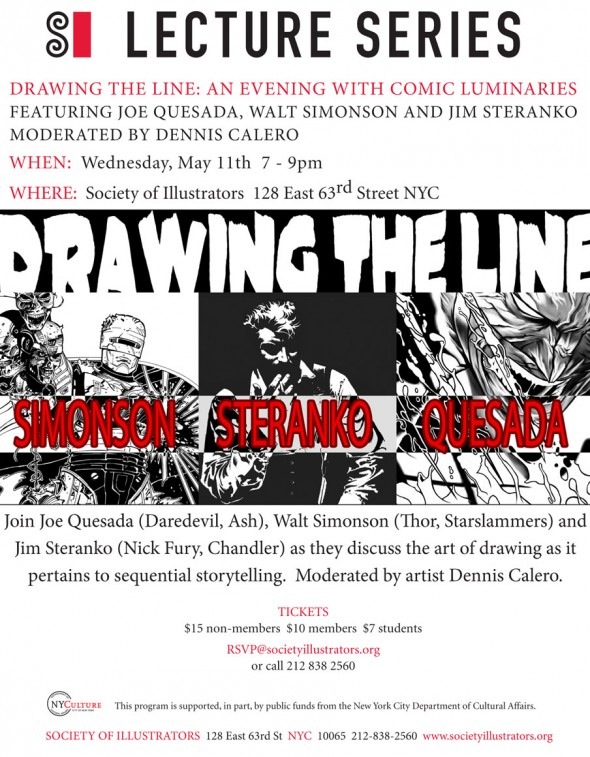
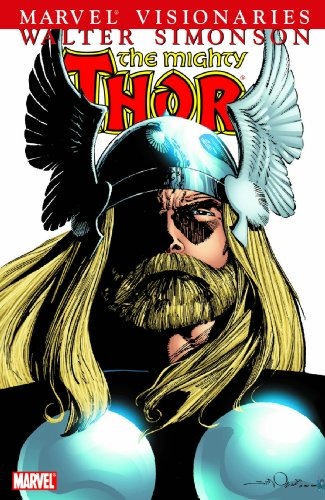
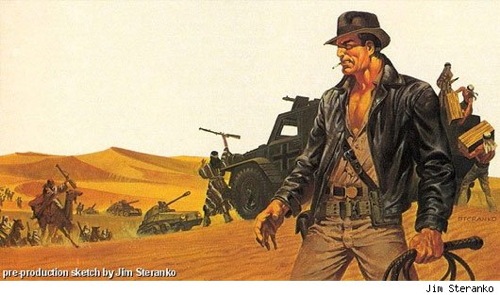
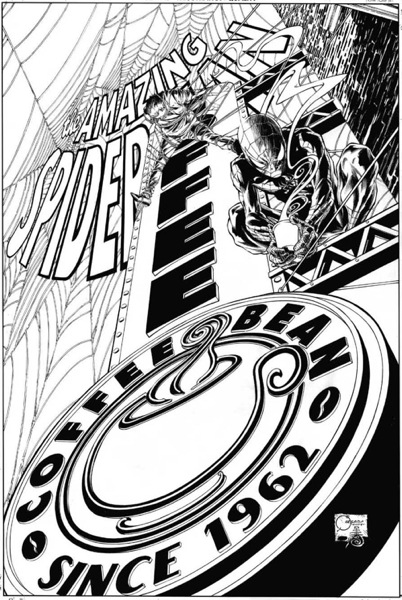
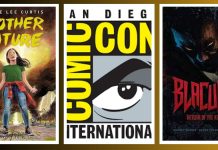





Sounds like it was an amazing event, Heidi. BTW, do you know what is Peter Sanderson up to these days? It used to be one of his specialties to give in-depth coverage of these kind of events.
I would love to watch this footage, whenever its posted/aired.
How Joe Quesada is considered a master artist and storyteller will be one of the great mysteries of the comics industry these past 20 years.
i need to be at the computer while i take my breaks from drawing. i would have been there if i knew. i bet it was fun. when and where will the video be up?
Fascinating comments by the artists. I am surprised at how tough they are on themselves and their work.
I would have loved to go to this. I love Steranko. I had the opportunity to talk with him at length several years ago at SDCC. We mostly talked about his artwork for the Shadow paperbacks. What a fascinating man.
“I want to get to the next thing.”
In January, it’ll be 30 years since the serialization of Outland wrapped, right? Did he do anything sequential after that, which I’m forgetting, or is my math off?
He did a short sequential story in Superman #400 in ’84… actually felt a LOT like a ‘goodbye,’ and that indeed was that as far as I know…
Mean spirited and ignorant comments aside, it was a great evening full of real insight. I was very gratified that the artists involved were all willing to be truly revelatory. It’s not the point whether any one is a “master” artist. (I actually think past a certain point of competence, it’s a matter of taste.) These were all fellas with decades of experience making pictures for comics and dealing with all the challenges that come with that. Keep it positive